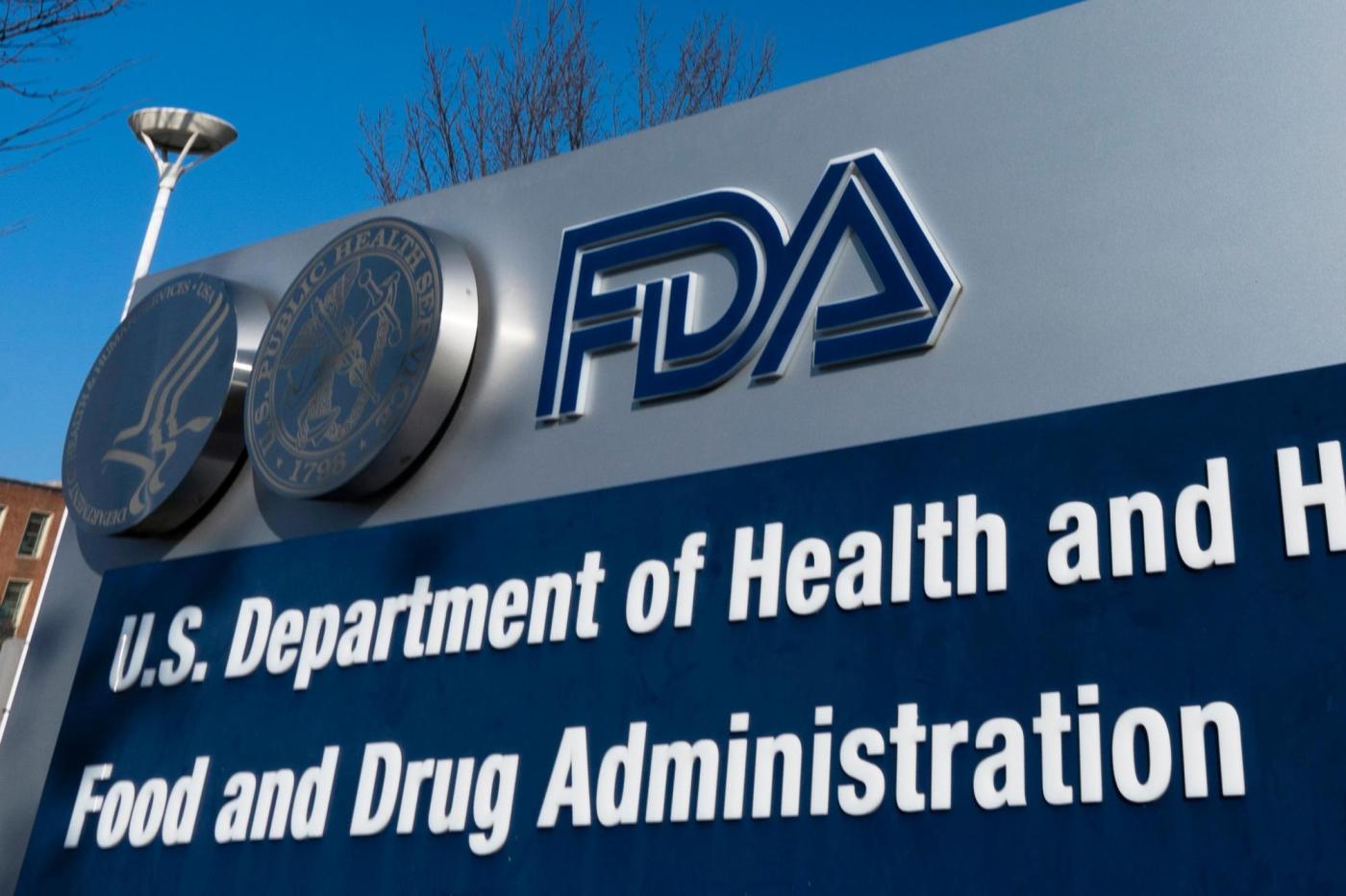
F.D. Flam: FDA needs to get to the root of hair-straightener carcinogens
In 2020, after a couple of months of letting my hair grow during the pandemic, my hairdresser suggested my longer tresses could be smoother and easier to style if I got what’s called a keratin treatment. I could say goodbye to fighting cowlicks and humid-weather frizz and hello to effortlessly polished, professional-looking hair.
This fall, the Food and Drug Administration announced that several common treatments used to smooth, straighten or relax hair — including many keratin treatments — contain formaldehyde, a known carcinogen. At first I thought the treatments I’ve had probably didn’t fall into this category — though after doing some research, I’m not so sure.
The FDA could ban these products as early as 2024. But a ban on formaldehyde may not go far enough since a new study suggests a different class of products might pose a bigger risk to consumers.
Our bodies can handle the tiny amounts of formaldehyde that we often encounter as a preservative in personal care products. But during the blow-drying and straight-ironing parts of the treatment, it’s hard to avoid inhaling the stuff — which makes it more dangerous. And to make matters worse, some products are being deceptively marketed as formaldehyde-free even though they contain glycolic acid, which becomes formaldehyde when heated — and hair treatments almost always involve using heat.
The risk isn’t only to consumers — it’s even more pronounced for the stylists who routinely work with these toxic chemicals. Chemist Erika Milczek has also gotten keratin treatments. She told me she wasn’t particularly worried that a single exposure would harm her, but knew her hairdresser was getting repeated exposures. “She hadn’t been told that she was smearing formaldehyde on my head, vaporizing it at 400 degrees and inhaling it.”
And formaldehyde isn’t the only dangerous chemical lurking in hair salons. An alarming 2022 study showed a 2.5-fold increase in the risk of uterine cancer associated with frequent use of any hair straighteners, smoothers or relaxers. The study hinted that the products with formaldehyde might not be the main culprits.
That study followed more than 30,000 women for over a decade. While the average woman has a 1.64% chance of developing uterine cancer by age 70, frequent use of hair straighteners, smoothers or relaxers raised this to 4%. Black women are much more likely to get these treatments frequently — more than four times a year. (The study found no risk associated with hair dye, perms or body waves.)
The study pointed out that frequent users are often getting treated with a different class of products that rely on lye (sodium hydroxide) or similarly harsh chemicals that can burn the scalp. The irritation would make the skin more permeable to endocrine-disrupting chemicals, which are often contained in these products.
That mechanism has been suggested in previous studies associating these products with cancer. These products are often referred to as relaxers rather than straighteners, and are more likely to be used in home treatments and marketed to Black women.
So the FDA may be dealing with two different problems — a class of frequently used hair products that are linked to cancer in consumers, and another class of formaldehyde-containing products that are posing a risk to salon workers.
Milczek said when chemists are working with formaldehyde in a lab, they always work in a vented hood with safety glasses, a lab coat and gloves. Her hairdresser was taking none of those precautions. In 2017, she left a job at Merck to start her own business, CurieCo, which develops biological molecules called enzymes to replace risky or banned chemical ingredients in cosmetics and personal care products. She was inspired, in part, by her experience at that salon.
Milczek explained that the formaldehyde is what bonds the new keratin proteins into the hair. Straightening with a flat iron forms covalent bonds that keep the hair straight long-term. That glue-like property is one reason you don’t want to inhale formaldehyde. It is, as chemists put it, promiscuous — it can also get into cells and wreak havoc.
When I called the FDA, I couldn’t get any explanation for why these products hadn’t been banned years ago. Mark Jones, a former industrial chemist who now works as a consultant, notes that the agency has known about the formaldehyde problem for more than a decade. They even sent warning letters to a major manufacturer way back in 2011 — but nothing changed. It’s past time to rectify this mistake.
We don’t necessarily need to give up on frizz-taming treatments. There are other smoothing and straightening treatments that are likely to be safer. One is thioglycolic acid treatment, also known as the Japanese method. There’s also a treatment called hair Botox, which doesn’t contain either formaldehyde or lye (or the actual botulism toxin used in the popular in skin-smoothing treatment). Hairdressers who are worried about the risk — or feel sick after using formaldehyde products, as mine said she did — could switch to these.
But still, the stuff with formaldehyde should be taken off the market, and only the FDA can make that happen. Recent monitoring by OSHA revealed that some salons exceed safe limits of formaldehyde in the air. But OSHA doesn’t have the power to ban a product or even require warnings. The FDA does.
Related Articles
Marc Champion: The UK and Armenia know the dangers of Israel’s Gaza war
Ross Douthat: The anti-democratic quest to save democracy from Trump
Trudy Rubin: Ways to help victims of war this holiday season
Maggie Mulqueen: Here’s how we can show up for others during a hard time
Francis Wilkinson: Giuliani’s fall won’t stop the GOP’s voter fraud farce


